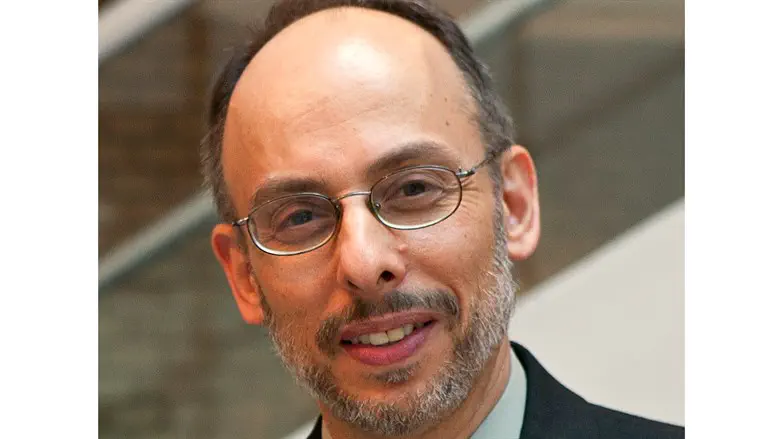
The news that some women at the Israeli music festival were raped by Hamas terrorists before they were cruelly murdered is a reminder that this is not the first time Palestinian Arab terrorists have employed sexual violence as a weapon.
Nearly a century ago, in the aftermath the Arab pogrom against Jews in Hebron in 1929, a journalist visiting one of the victims’ homes reported:
“The 12 foot-high ceiling [was] splashed with blood. The rooms looked like a slaughterhouse…the severed sexual organs and the cut-off women’s breasts…lying scattered over the floor and in the beds…[N]ot a single item had been left intact except a large black-and-white photograph of Dr. Theodor Herzl, the founder of political Zionism. Around the picture frame the murderers had draped the blood-drenched underwear of a woman.”
Many accounts of the Arab invasion of the newborn state of Israel in 1948 have described the sexual mutilation of Jewish corpses that was discovered after Arab forces overran the Kfar Etzion bloc.
Likewise, Amnon Rubinstein, later a Member of Knesset, wrote in his diary about the genital mutilation of three of his comrades who were guarding a stranded tank in the 1967 war when Arab troops came upon them.
In her acclaimed book Against Our Will: Men, Women, and Rape, the sociologist Susan Brownmiller wrote about the use of rape as a weapon against Jews in Europe before and during the Holocaust.
Brownmiller quoted from Red Cross reports about anti-Jewish pogroms in Ukraine in 1919. In a “typical” pogrom, “the gang breaks into the township, spreads all over the streets, separate groups break into the Jewish houses killing without distinction or age and sex everybody they meet, with the exception of women, who are bestially violated before they are murdered.”
A report on a pogrom in another village, Kremenchug, referred to “three hundred and fifty cases of rape…neither children of 12 nor old women of 60 were spared. After they had been ravished, the little girls were thrown down the water-closets.”
In the town of Fastov, where six hundred Jews were massacred, the pogromists “threw themselves upon the girls under age with a perfect brutal fury and ravished them before the very eyes of their parents, powerless to interfere.” Some “particularly atrocious scenes took place in the courtyard of the synagogue where the Jews had sought refuge.” The courtyard was “covered with the bodies of women, children, old men, and young girls who had been ravished. Many people became insane.”
Brownmiller then pointed to the synthesis of rape and anti-Jewish violence in the ideology of Nazism. She noted a remark by Nazi war production chief Albert Speer: “Hitler always said that the masses are essentially feminine, and his aggressiveness and charm elicited an almost masochistic surrender and submission in his audience—a form of psychic rape…He didn’t convince his audiences, he conquered them.”
Rape “is the quintessential act by which a male demonstrates to a female that she is conquered—vanquished—by his superior strength and power,” Brownmiller wrote. “[I]t was perfectly logical within the framework of fascism that rape wold be employed by the German soldier as he strove to prove himself a worthy Superman.”
Thus during the Kristallnacht pogrom of 1938 and throughout the Holocaust years to follow, there were numerous instances of Nazis raping Jewish women. Many of those atrocities have been documented in books such as Sexual Violence against Jewish Women During the Holocaust, coedited by Sonja Hedgepeth and Rochelle Saidel. The USC Shoah Foundation has more than 1,700 testimonies by survivors about rapes and other sexual violence.
"In fact,” Brownmiller continued, “it would have been highly illogical if rape were not in the German soldier’s kit bag of weapons…Rape for the Germans…played a serious and logical role in the achievement of what they saw as their ultimate objective: the total humiliation and destruction of ‘inferior peoples’ and the establishment of their own master race.”
Rape appears to play a similar role in the psychology of Palestinian Arab terrorists, from the 1920s to our own time.
 Dr. Medoff is founding director of The David S. Wyman Institute for Holocaust Studies and author of more than 20 books about Jewish history and the Holocaust. His latest is America and the Holocaust: A Documentary History, published by the Jewish Publication Society & University of Nebraska Press.
Dr. Medoff is founding director of The David S. Wyman Institute for Holocaust Studies and author of more than 20 books about Jewish history and the Holocaust. His latest is America and the Holocaust: A Documentary History, published by the Jewish Publication Society & University of Nebraska Press.
As published in the Jewish Journal of Los Angeles